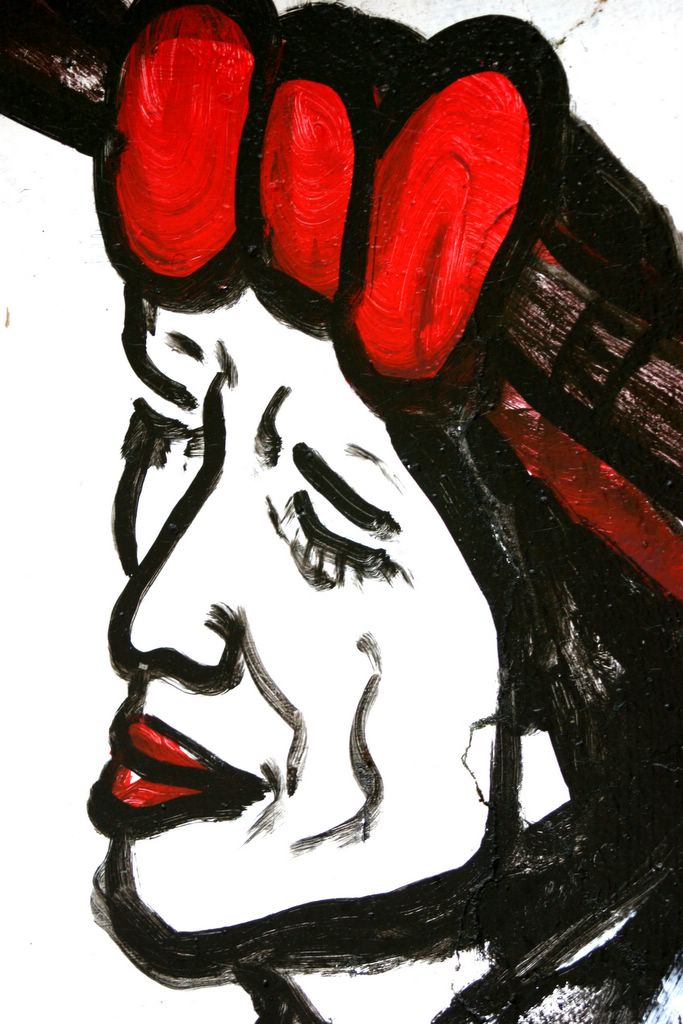Original Peoples of Asia

Introduction
First, a note on semantics. China has 52 ethnic minority groups. Taiwan has 12 aborigine tribes. Mongolia has multiple ethnic populations, as do every country in Asia. In an attempt to link so many diverse groups and cultures into a maneageable frame of thought, I refer to them as "Original Peoples," a direct translation of "yuen ju ming," the Chinese word for aborigine. In Taiwan, the aborigines are truly are indigenous to the Isla Formosa, possibly the ancestral home of all Polynesian peoples. The other groups I photographed are not original in the strictest sense. In Yunnan, the Tai people (now called Bai or Dai) were the first peoples, and the Naxi and Yi later immigrants from Tibet. The Mongolians are descendents of varied backgrounds as their nomadic and warring ancestors mingled blood of conquered and befriended tribes. I use the term "original" because although they are not necessarily the first, they are the oldest remnants of their regions, having preserved languages and cultures for hundreds and even thousands of years.
The following galleries are images and thoughts from my encounters with the original peoples of Asia. As an outsider in the primarily Han Chinese culture of Taiwan, I felt an instant connection with the local Rukai aborigines, who themselves outsiders in the greater culture. Walking through the colorful streets of Outai, I received none of the curious stares and "Hellllooooo" cries to which I had become so accustomed to on the streets of Southern Taiwan. Another part of the connection was superficial. The Rukai (and Naxi and Mongolians), with their strong features, dark skin, and chiseled muscles frequently fit more closely into the Western mold of beauty to which I am accustomed. They clapped and danced on the two-four beat of songs as in the west, pronounced English phrases without difficulty, and shared certain habits and quirks with which I was familiar. Last, but definitely not least, they lived in the most beautiful places of Asia, preserving fascinating cultures on the mountains and steppes, to which I was immediately enticed.
These are galleries of people and cultures who are certainly no longer in isolation. I am not a great adventurer, rather a fortunate traveler who encountered these original peoples at a crucial point in history. Modernity, and I with it, has reached the far places of the world, and is being incorporated into lifestyles that have stood largely unchanged for thousands of years. The transition from old to new is sometimes regrettable, sometimes welcome, but always fascinating. Satellite dishes feed on solar panels in Mongolian ghers. Rukai tribesmen drive trucks to jobs in the city; fifty years ago there were no roads at all. Naxi guides suprise me with English phrases.
The centuries of isolation, however, are still carved in the wrinkles of each elderly face. There is still authenticity and truth to traditional life, however threatened it may be. I consider myself fortunate to have witnessed it.
*A big thanks to my wife Arianna, the Henry Luce Foundation, Asia Foundation, Pingtung Christian Hospital, Dr. Neoh, Dr. Chou, Ann, Amy, Dan, Ankhe, and all the other Luce scholars for making these marvelous adventures possible.
For what I've been up to lately: http://www.unpluggedphotography.com